For the past two weeks or so, I've been showing you old books, some dating back to medieval times. Today I'd like to show you more interesting books I saw at the Teleki Library at the beginning of the month, which is the beauty of the museums situated in Targu Mures.
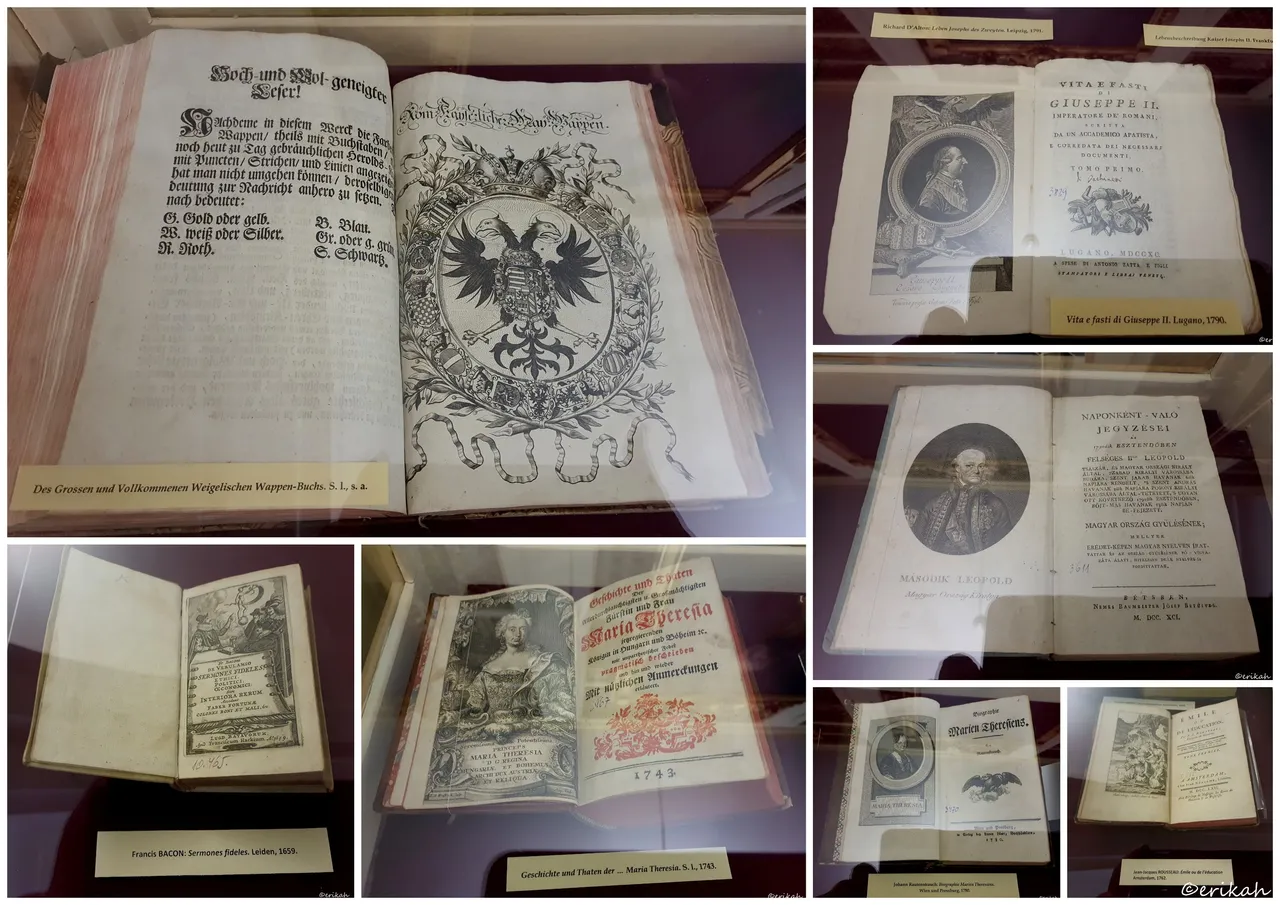
Learning about the past means visiting and seeing what has been built and issued in the past, like this museum. If you've missed my previous posts about it, you can check them here:
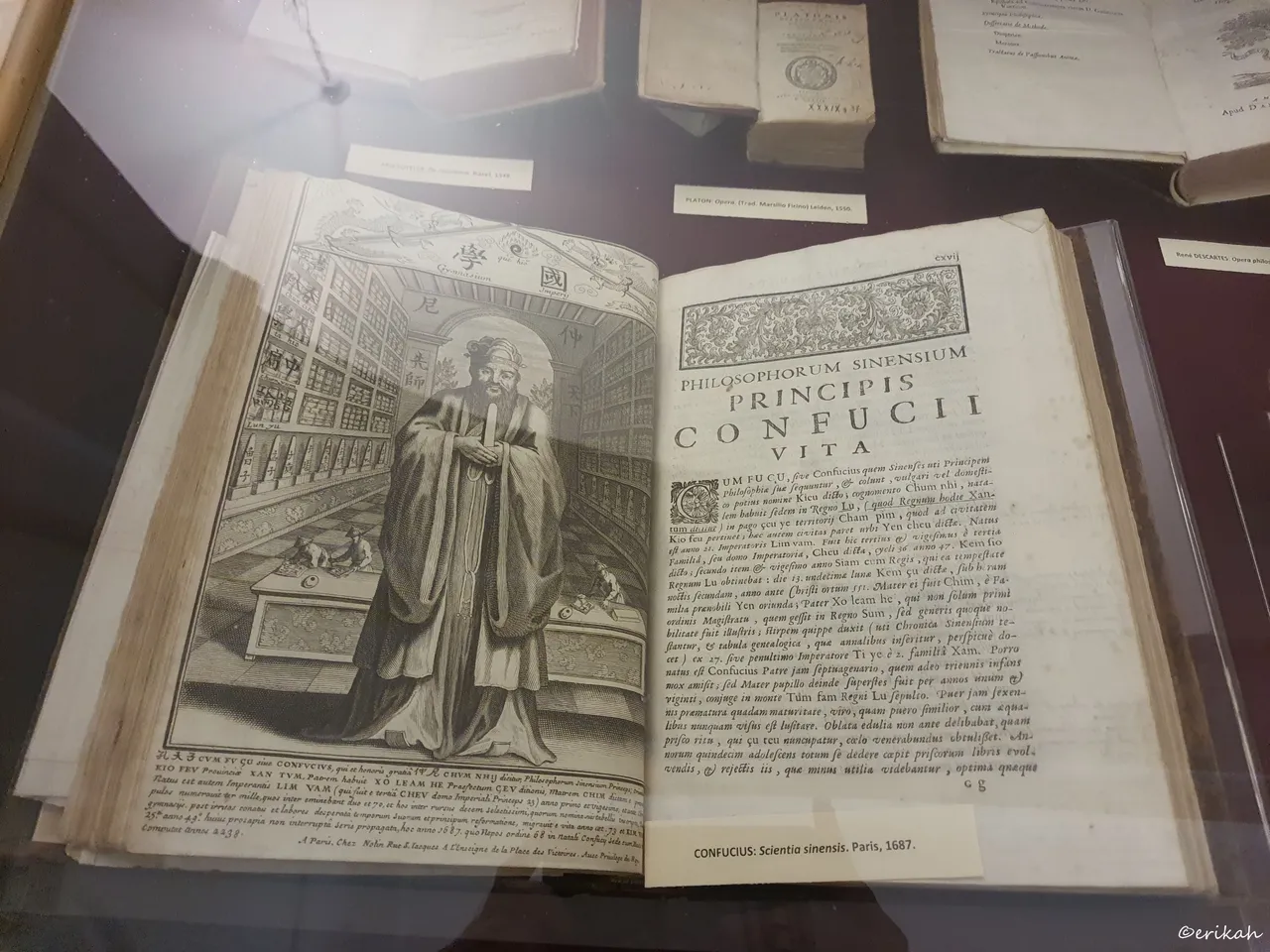
This is a book about Confucius' work, published in 1687 in Paris and you can see the decoration on the right page. I mentioned previously that initials were very decorated in those times and this is a good example.

Another thing that you need to notice is the style of text, which is a mix of normal, italic and God knows what as it looks very confusing.
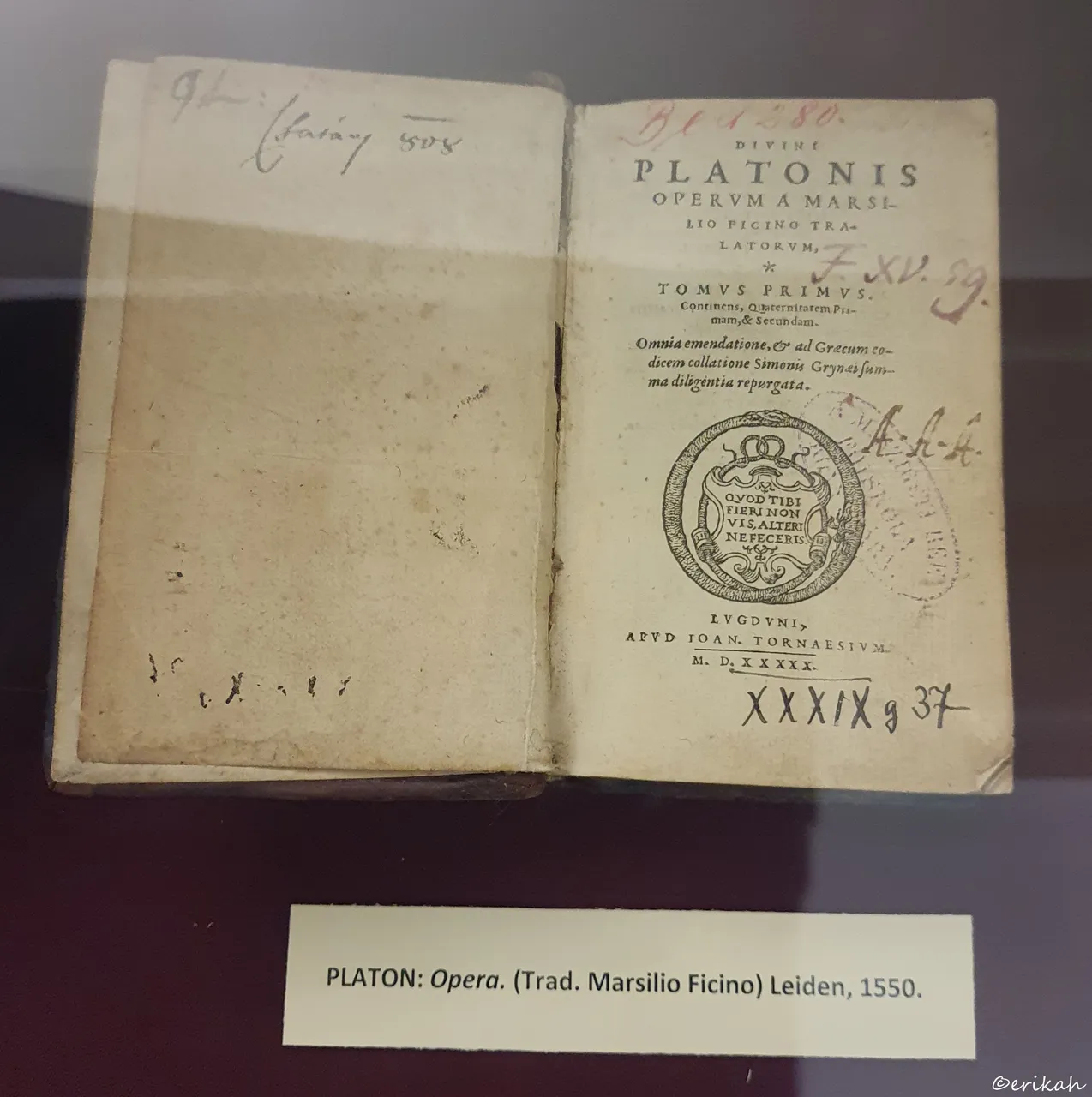
Another famous philosopher's work, published in Basel in 1549. This is a pocket size book, so I suppose someone must have carried this book and read it at the park or in a club maybe, a gentleman's club.
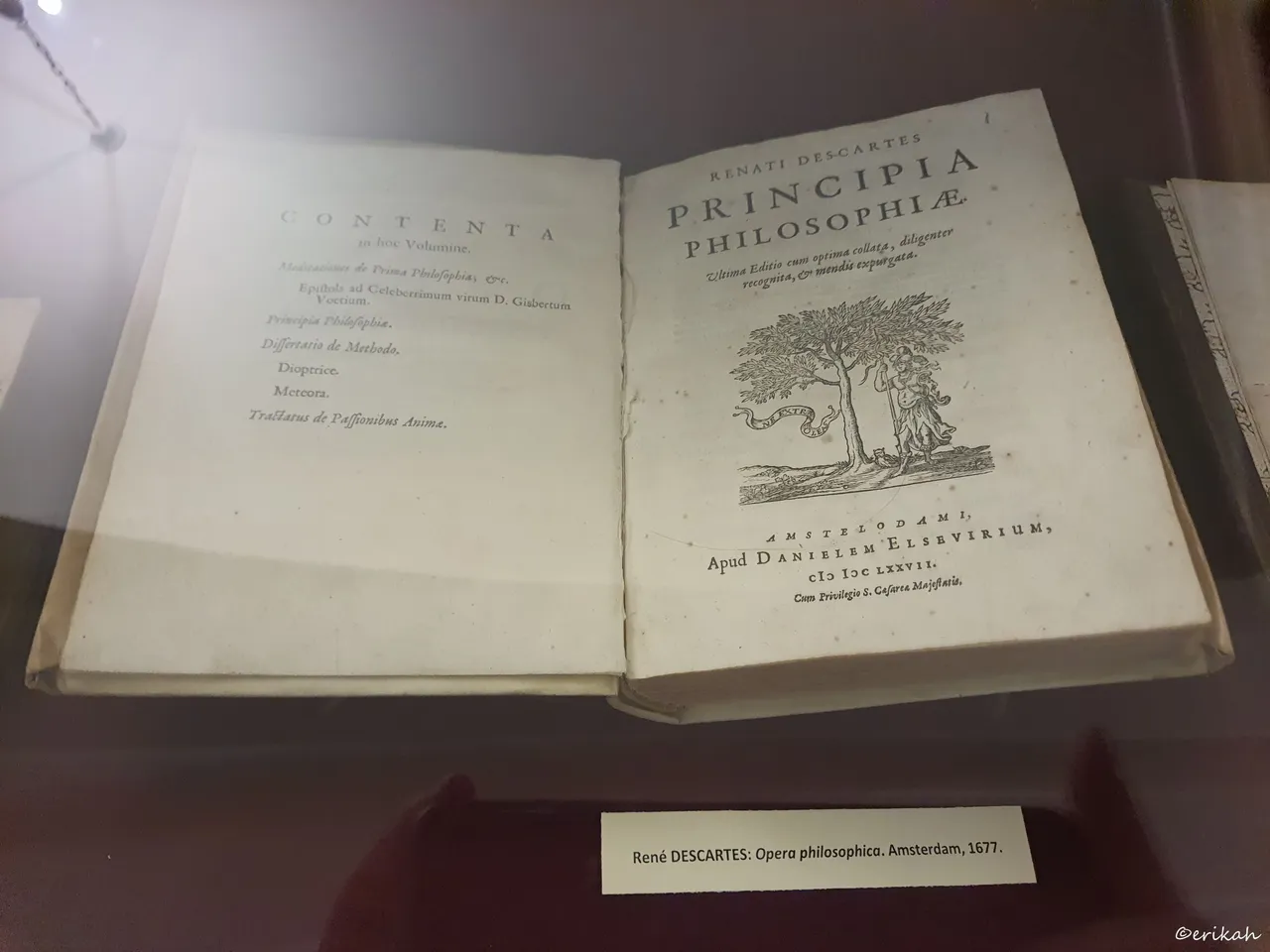
I always loved books with illustrations. Back in those years most of the books had illustrations.
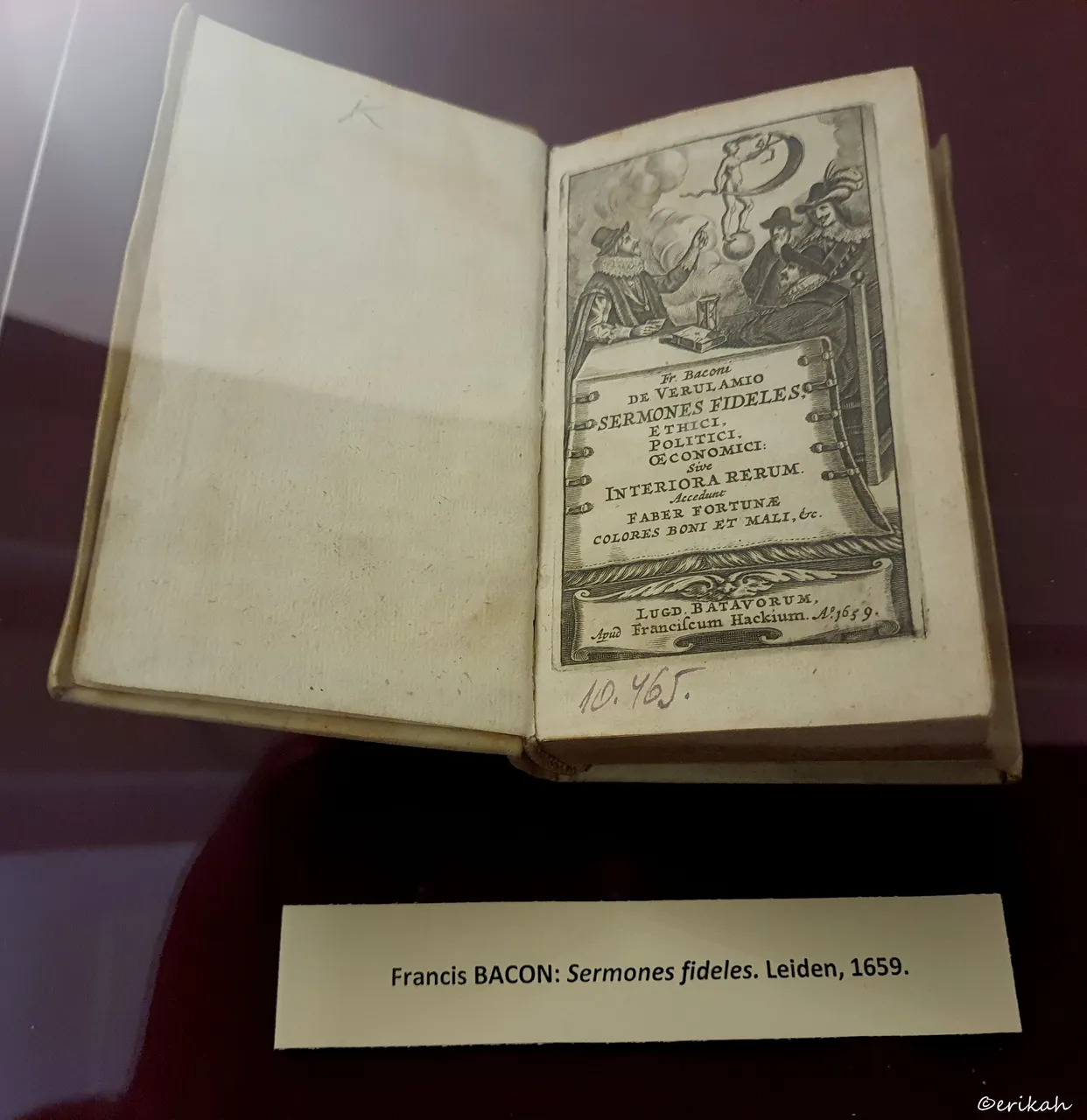
Everyone knows Francis Bacon, but looking at a book issues in 1659 gives you some opportunities to enjoy the details. The illustration is beautiful and please look at the date at the bottom. Look at the Arab numbers, how are those written. The 1, 5 and the 9 is placed lower than the 6.
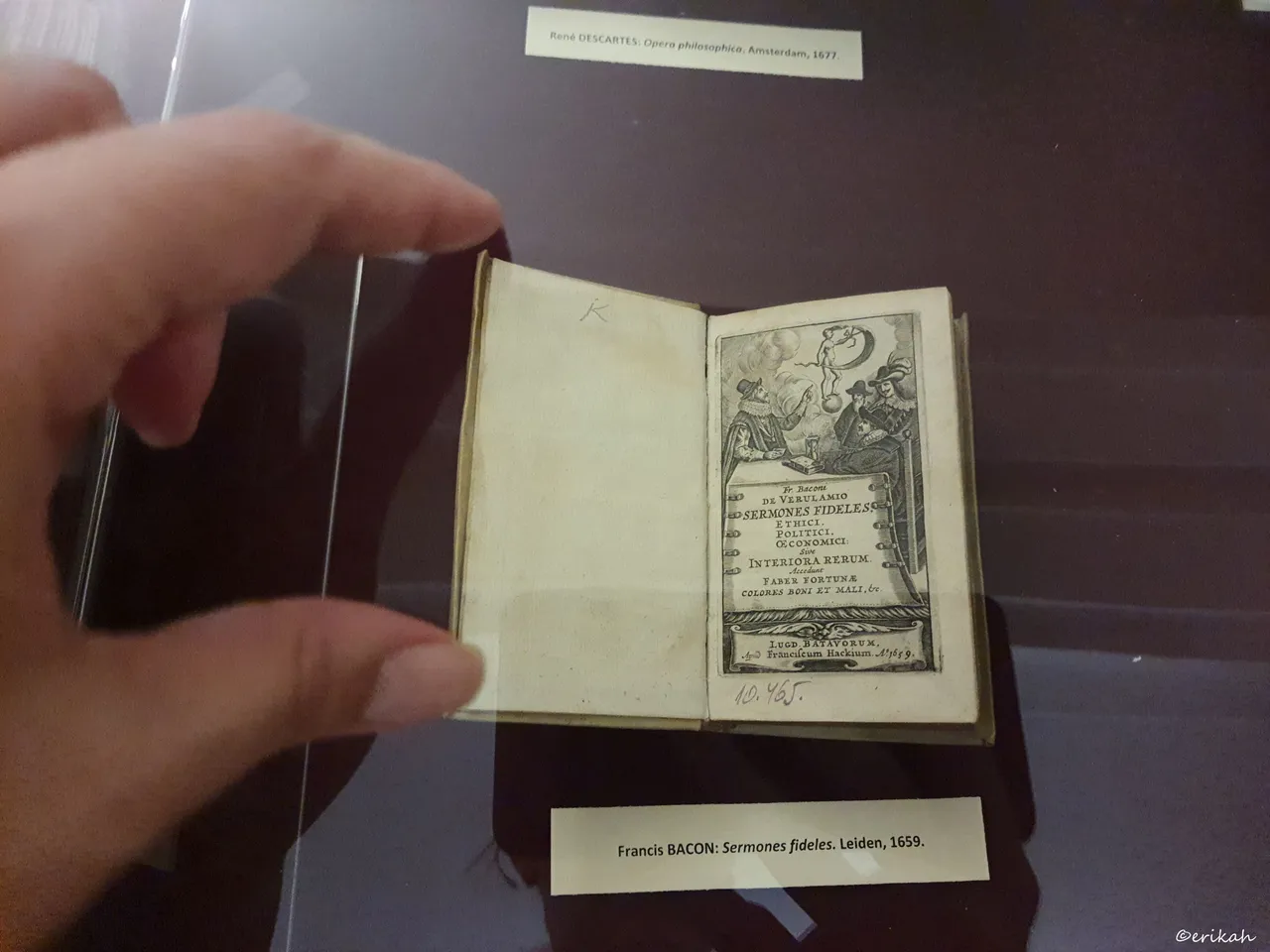
Look at how tiny this book is and keep in mind that it was under glass, so it was even smaller than it looks.
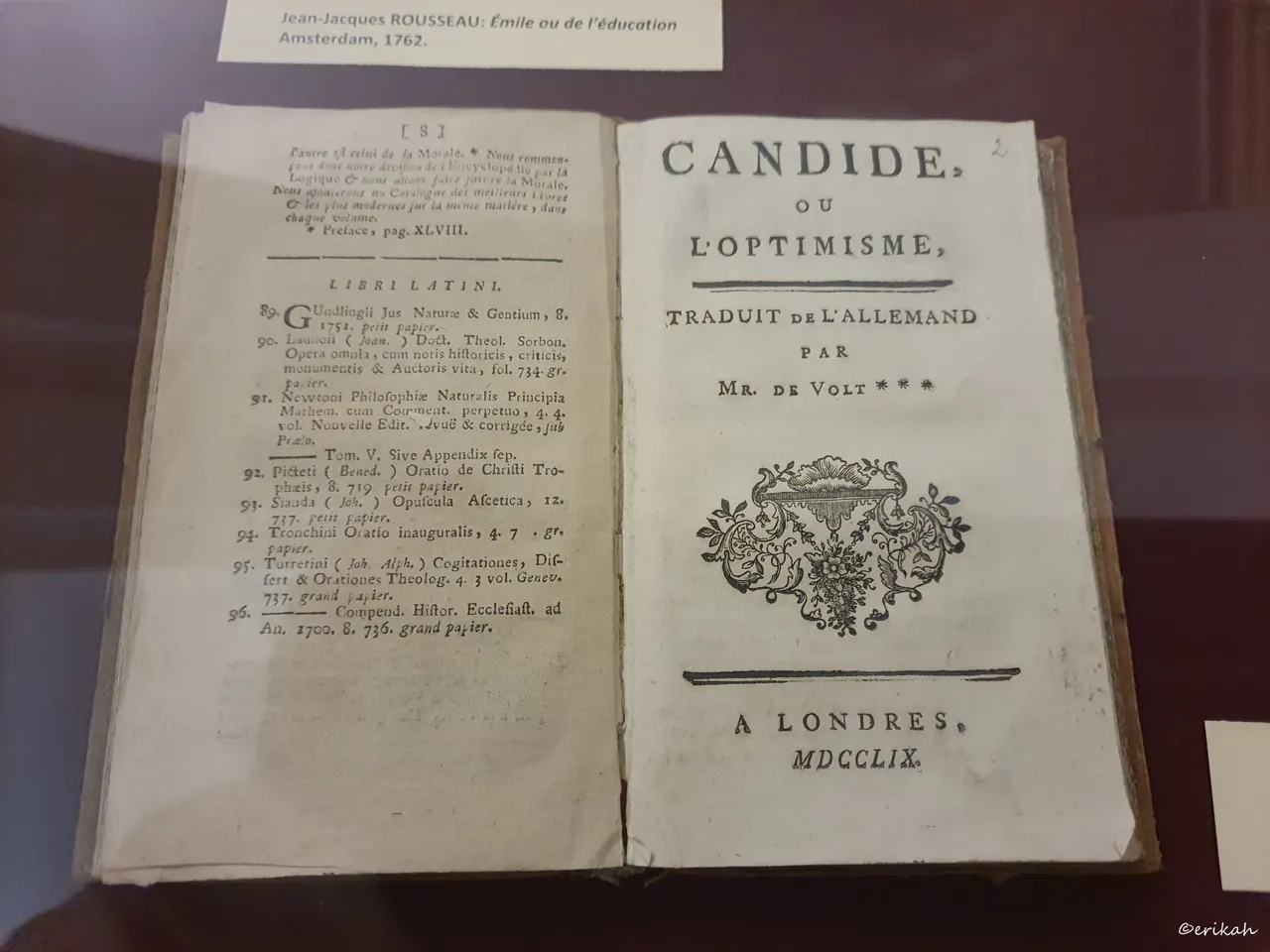
Compared to what books look like today, these were real masterpieces in my humble opinion.
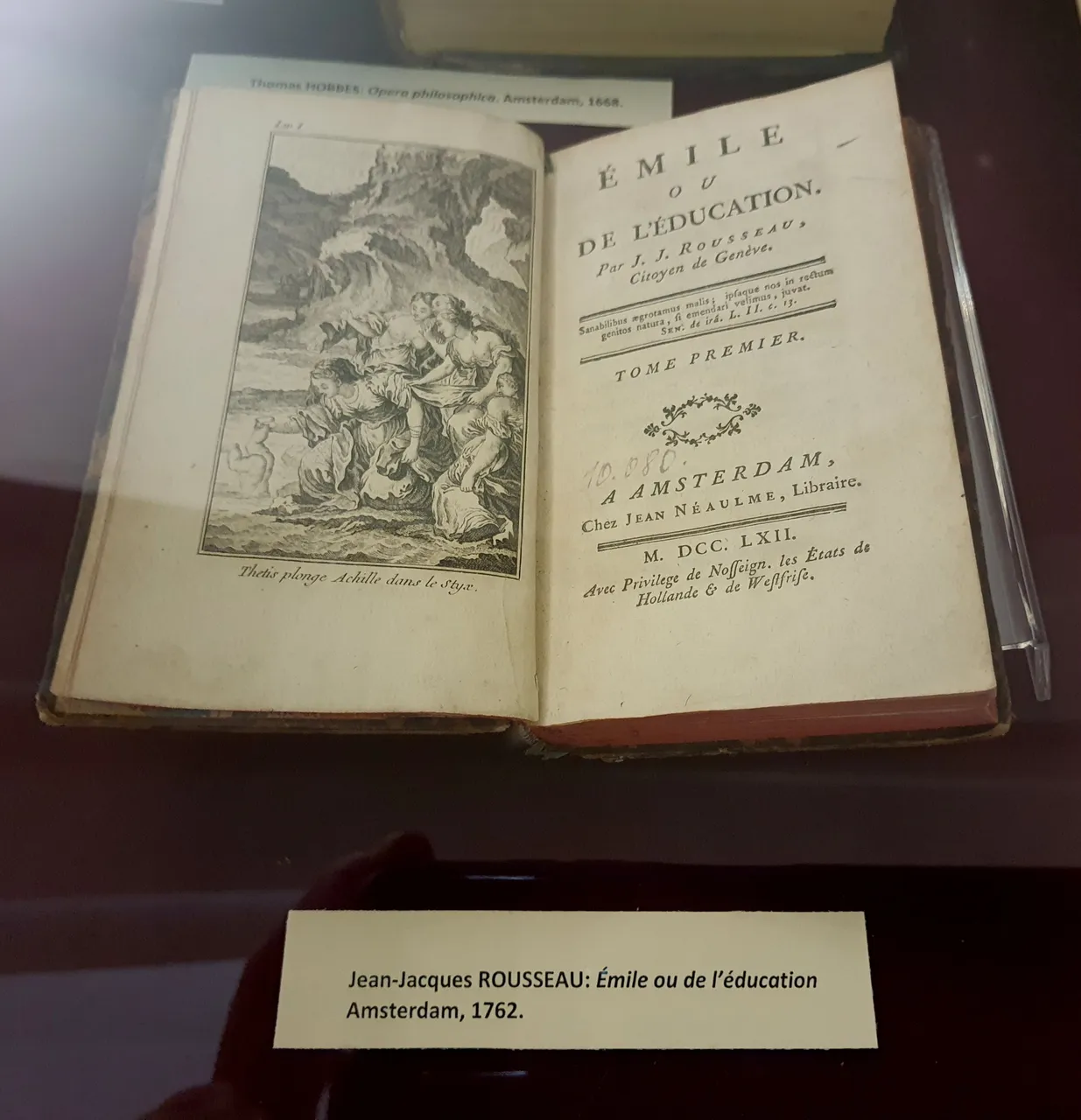
I was wondering how much a copy like this would cost today, not that these are for sale.
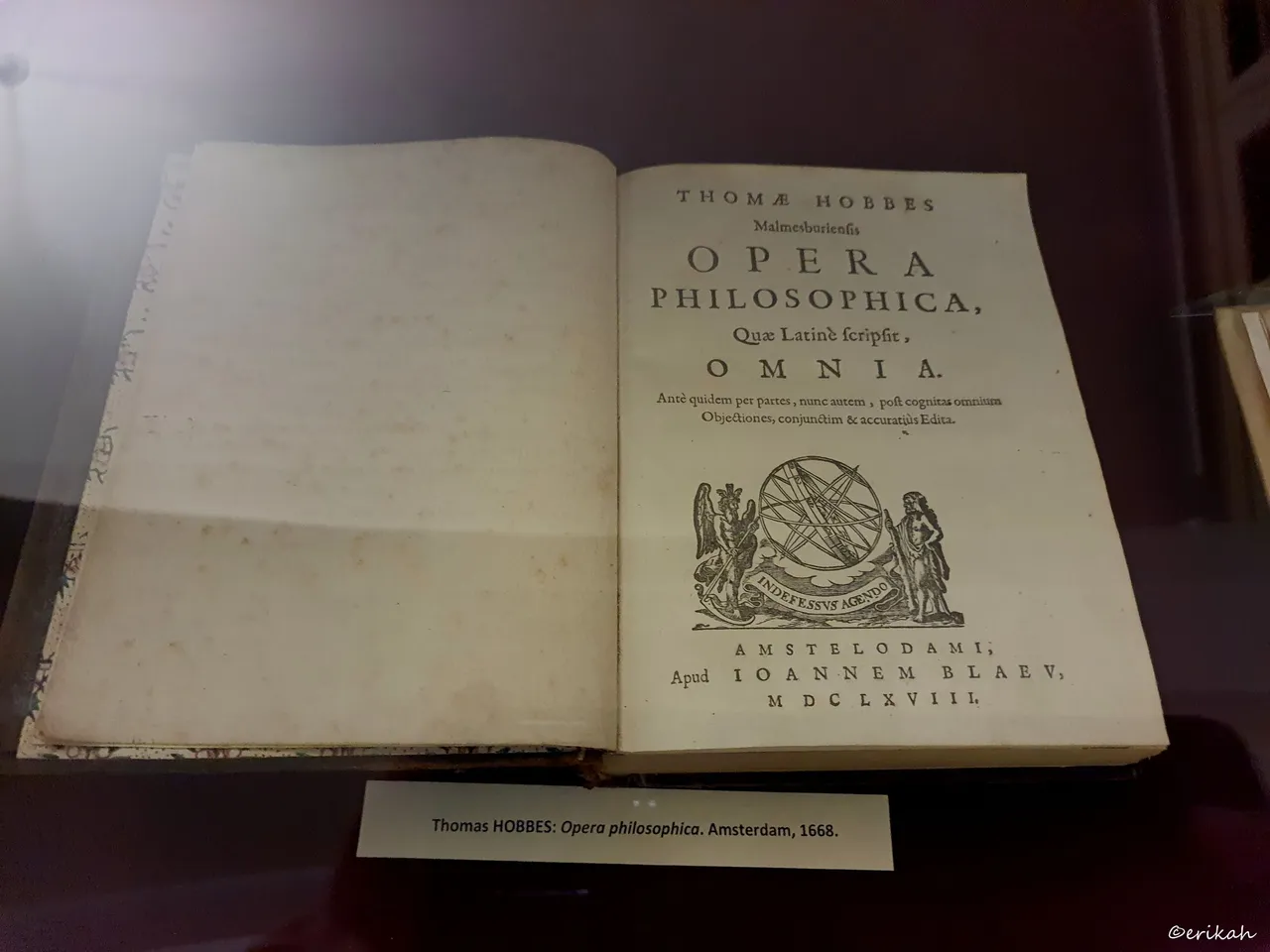
There's a market and I bet there are collectors who would pay a lot for original copies like these.
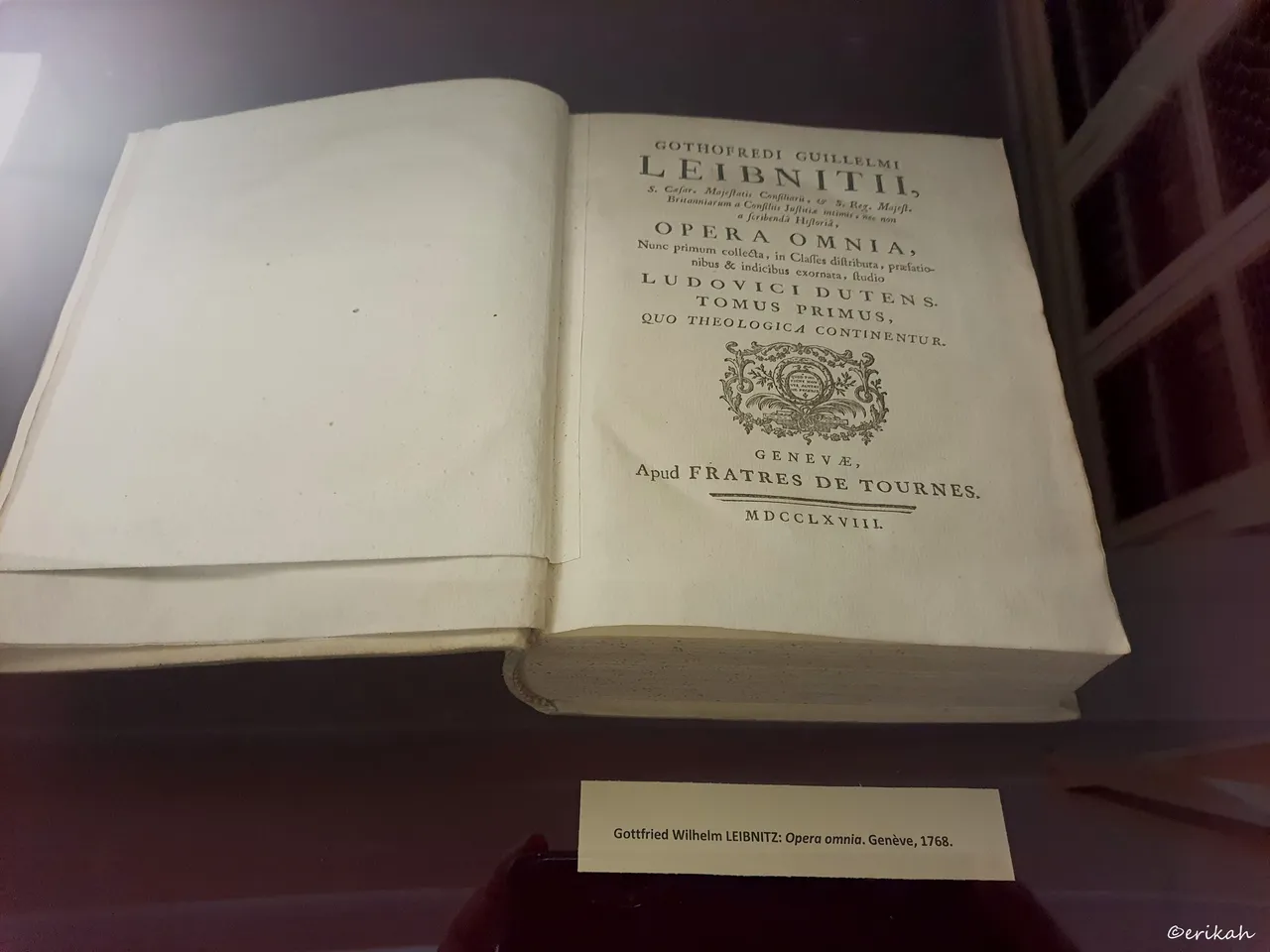
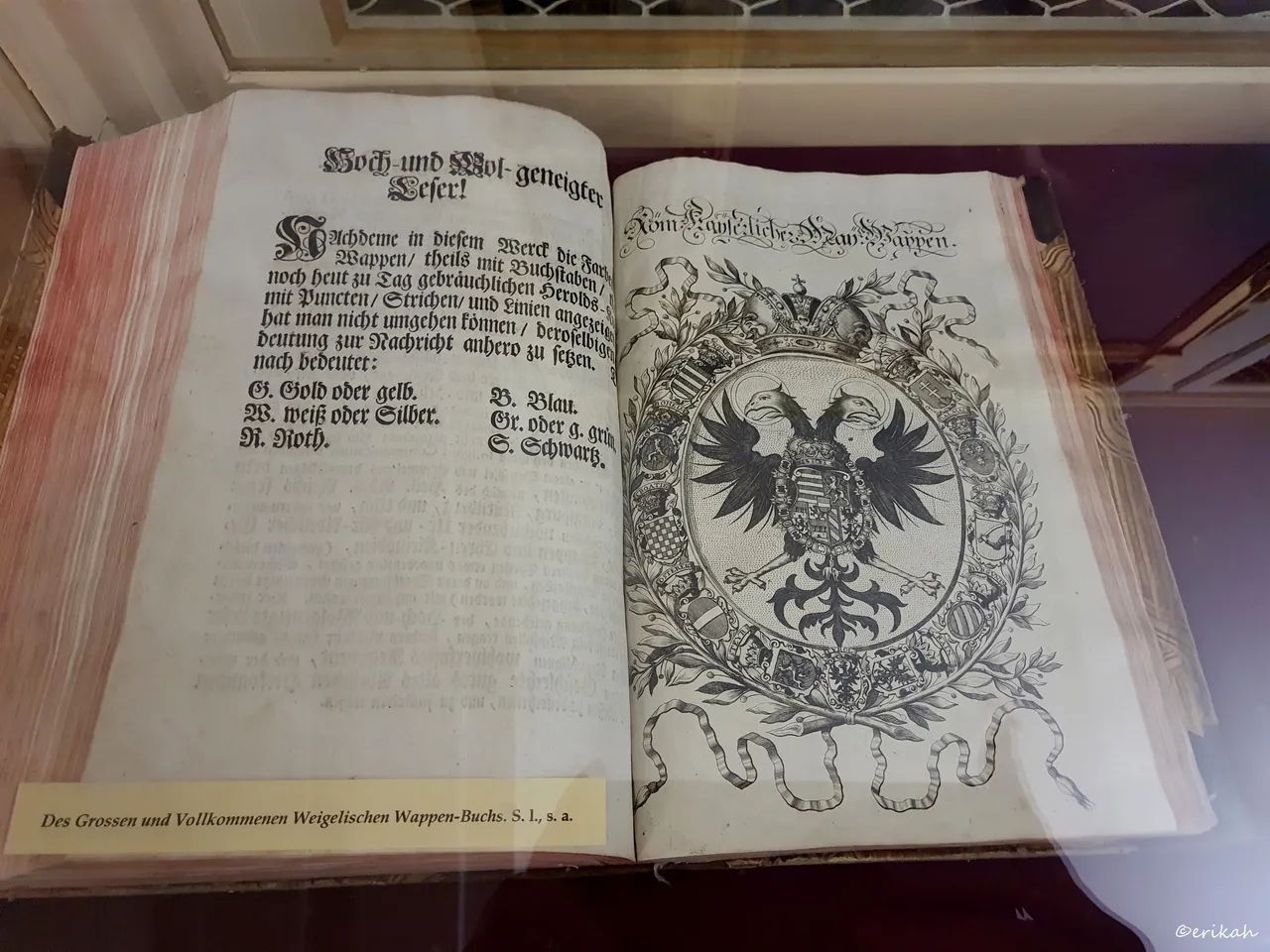
This is where things get interesting. Old Gothic letters look like drawing anyway and if there's an illustration on the next page, the whole book looks more interesting.
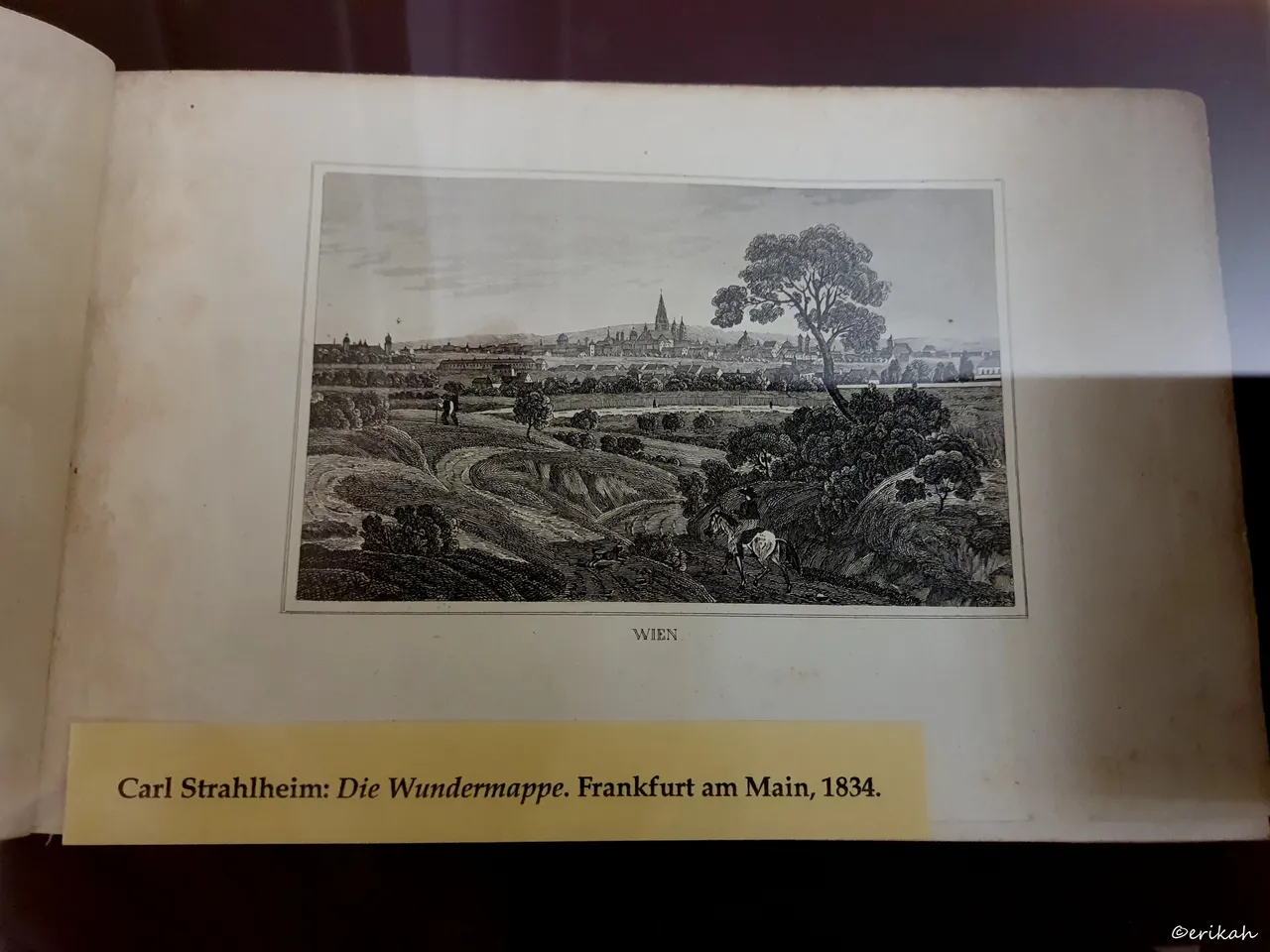
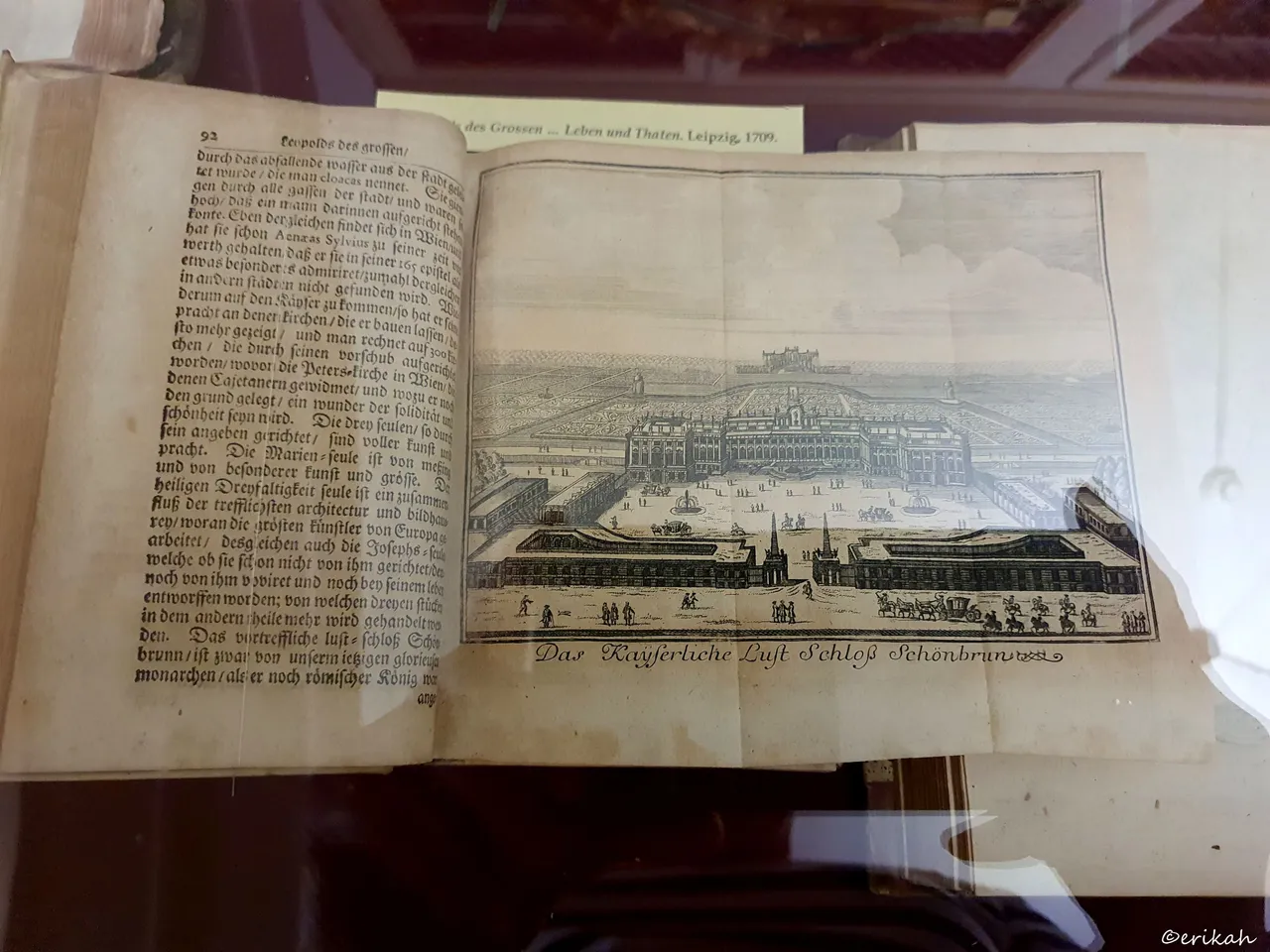
Drawing of the Schönbrunn castle in Vienna.

We call them maps ans blueprints today, but back in the day these were hand drawn. This is the map of location of tsarist and royal residence in Vienna, dating back to 1790.
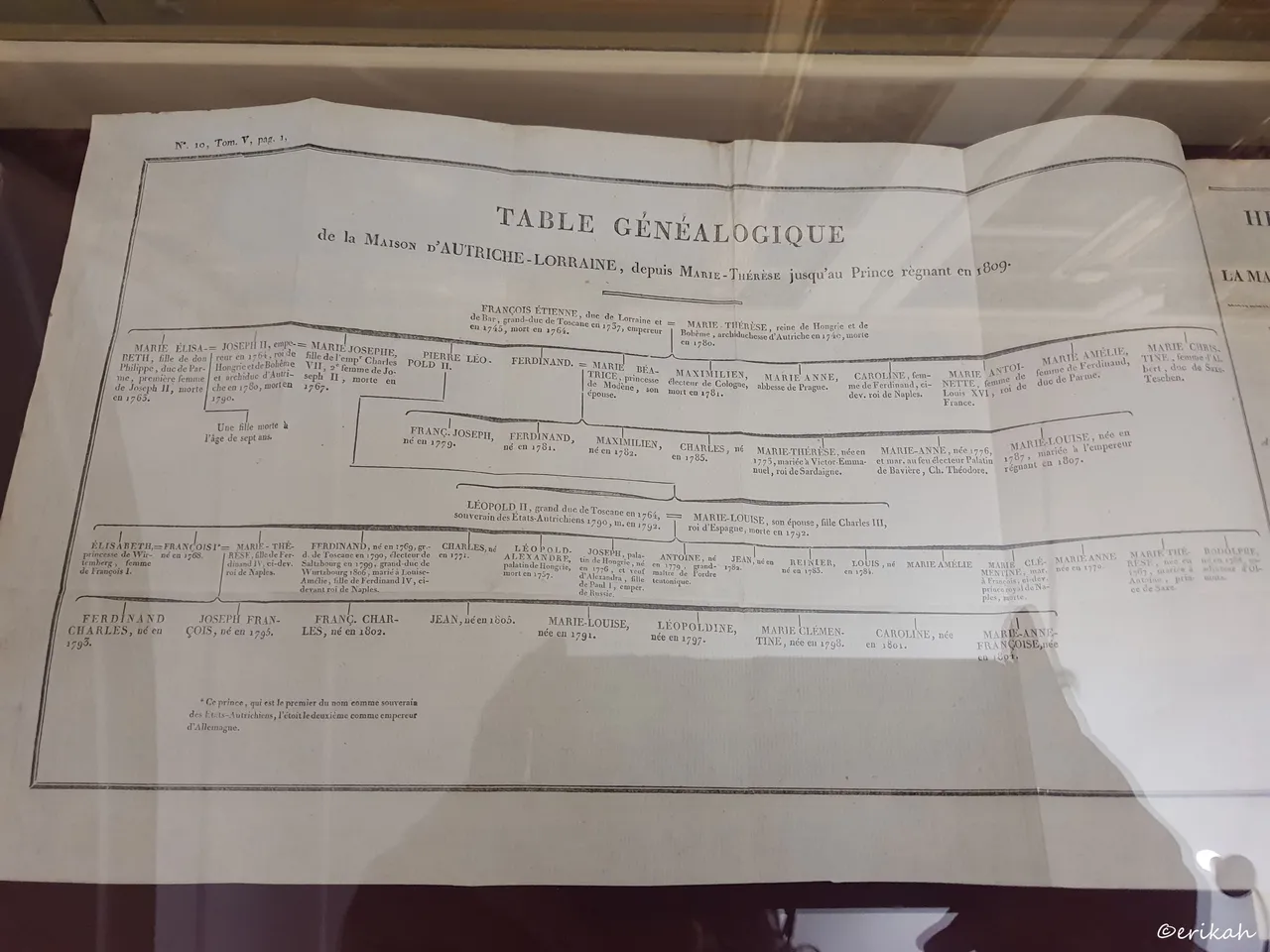
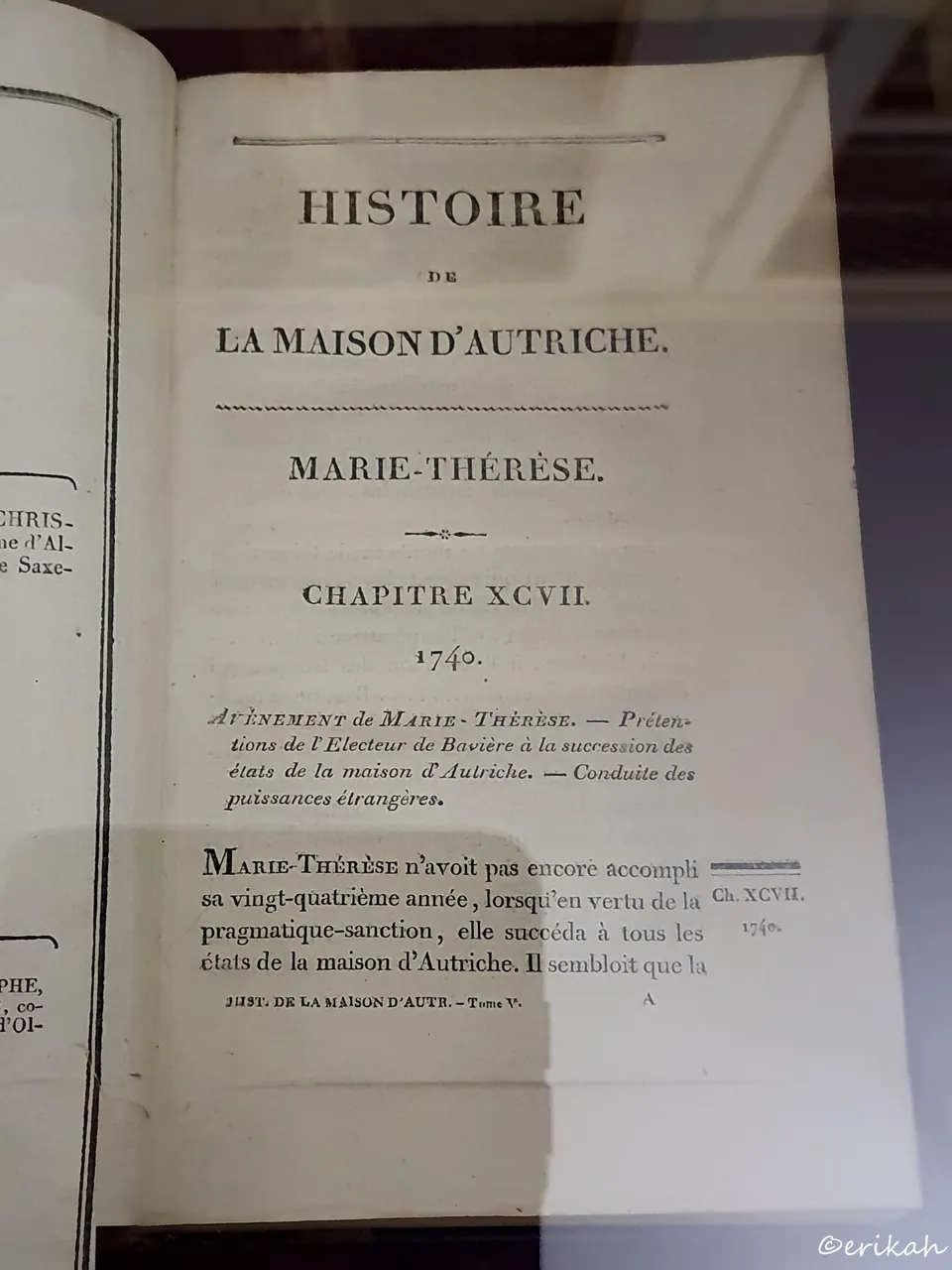
History of the Austrian House, issued in 1809, in Paris.

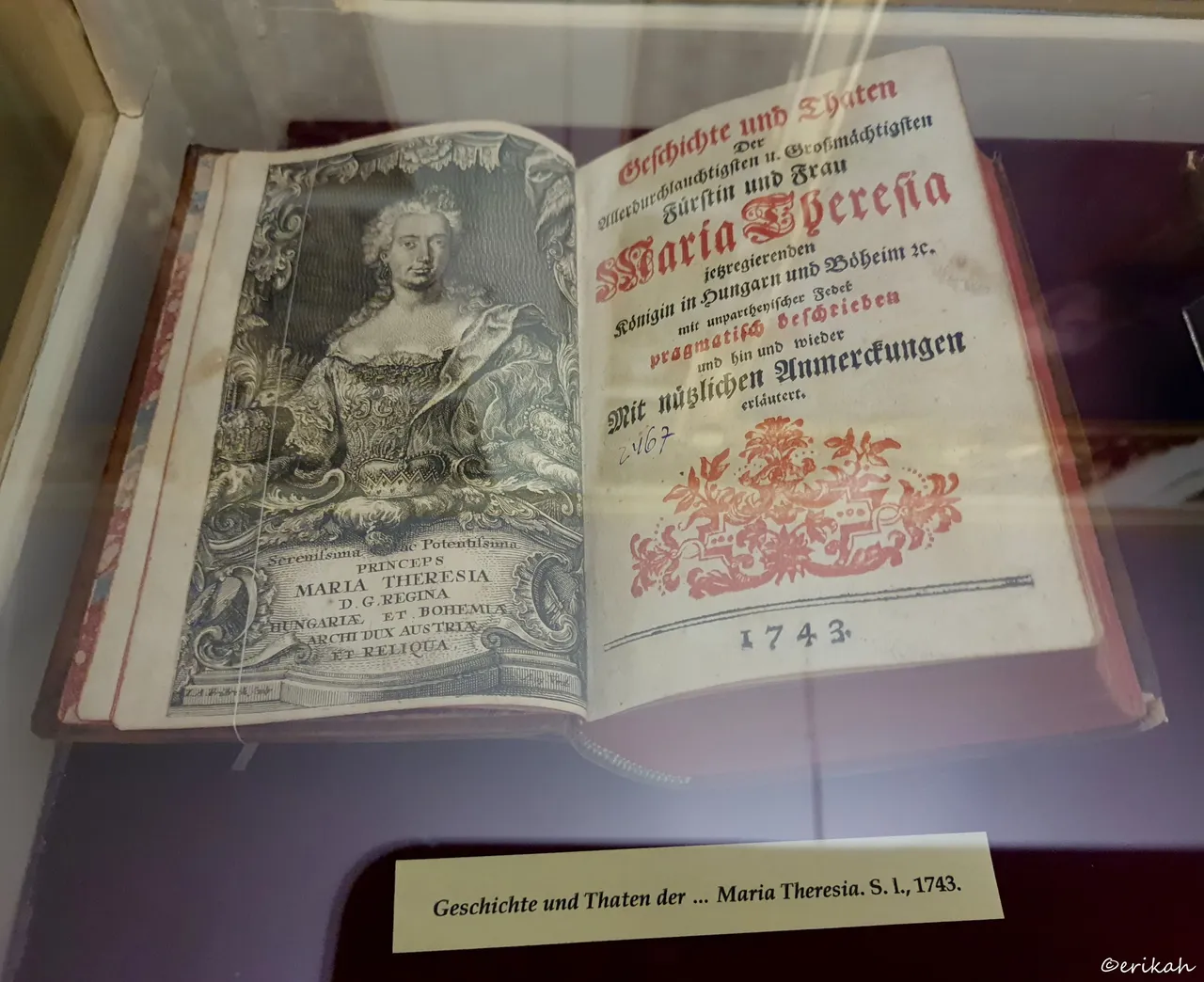
I've said before that I love illustrations and this book is quite illustrated. It's too colorful for my taste but it's the era, so it is ok. However, with all due respect, Maria Theresia looks awful. However did the illustration could have been a better job.
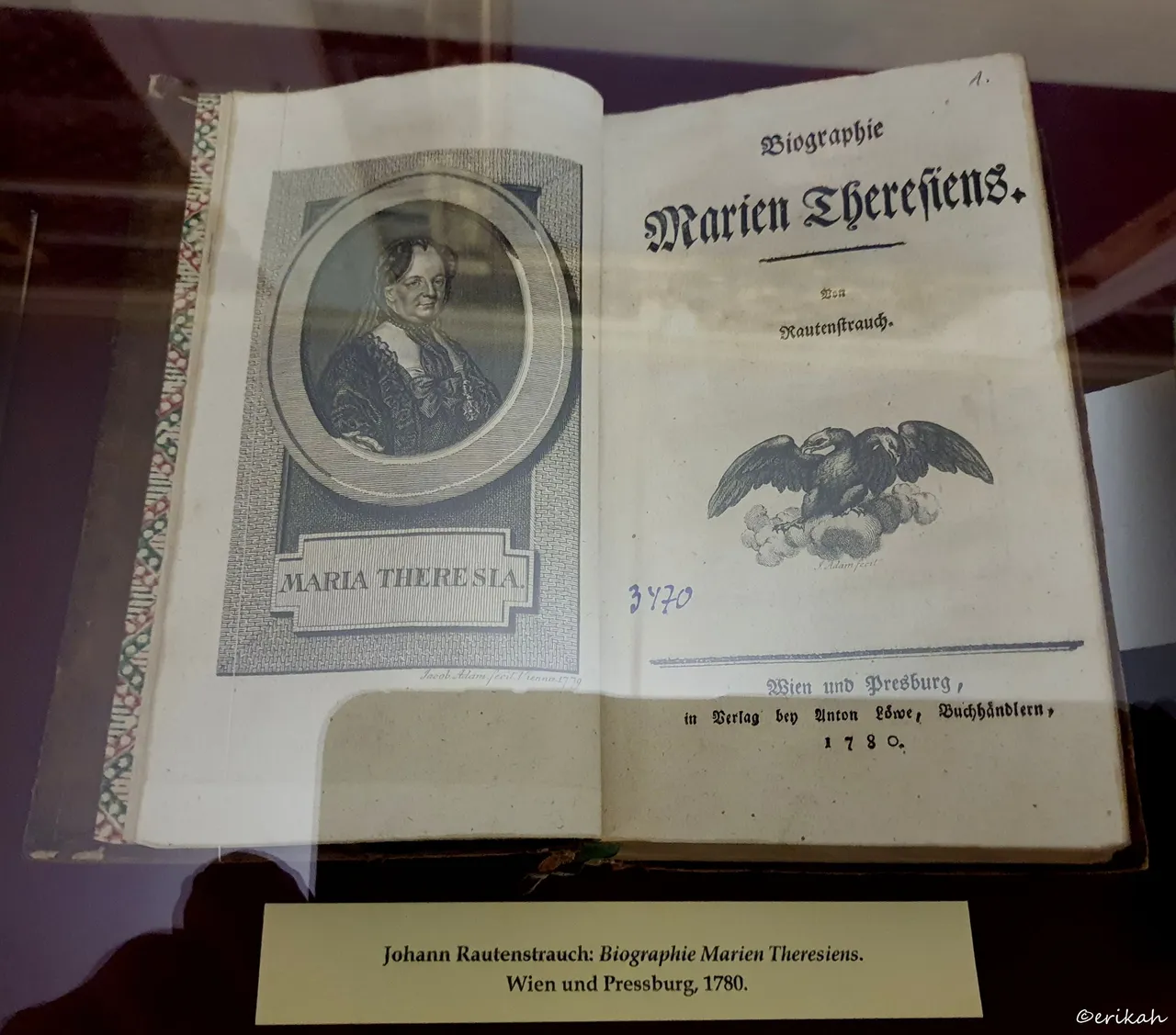
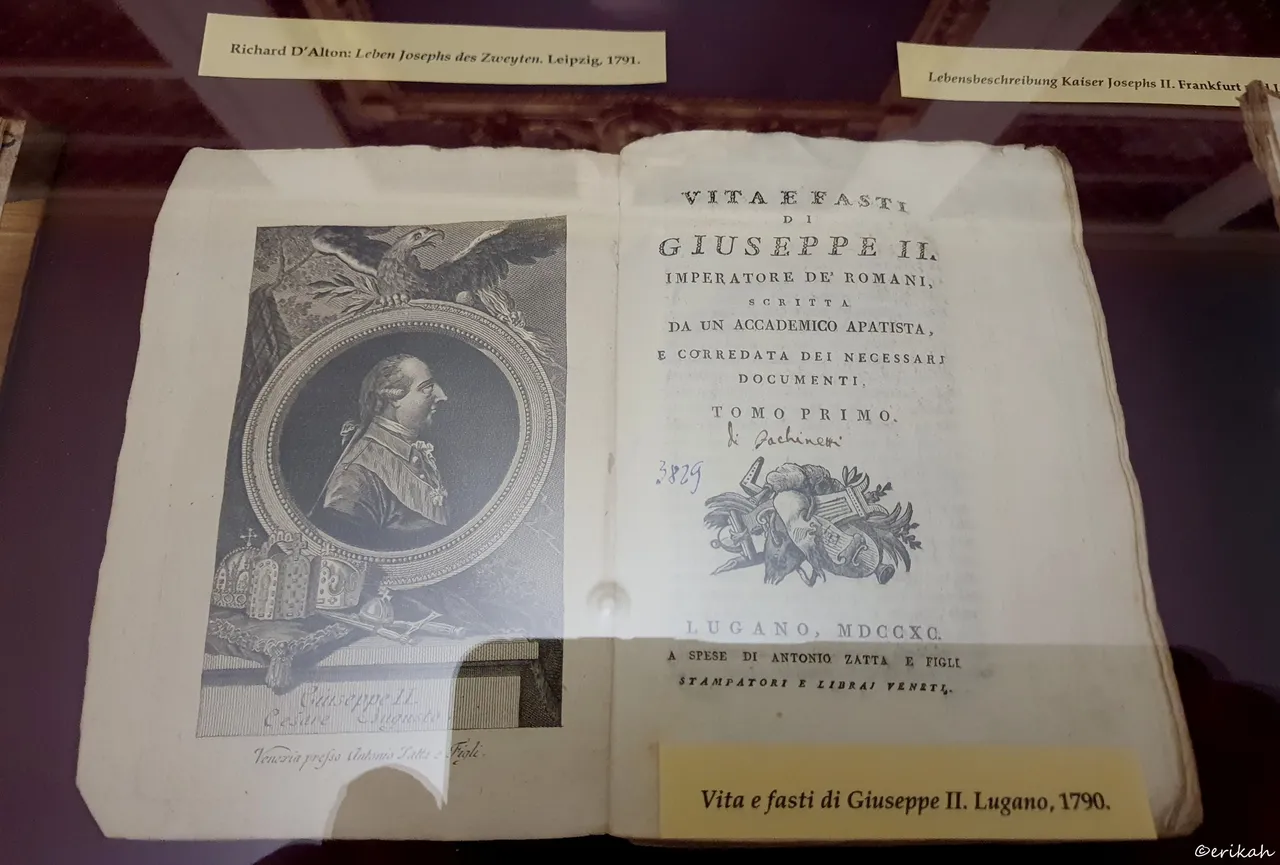
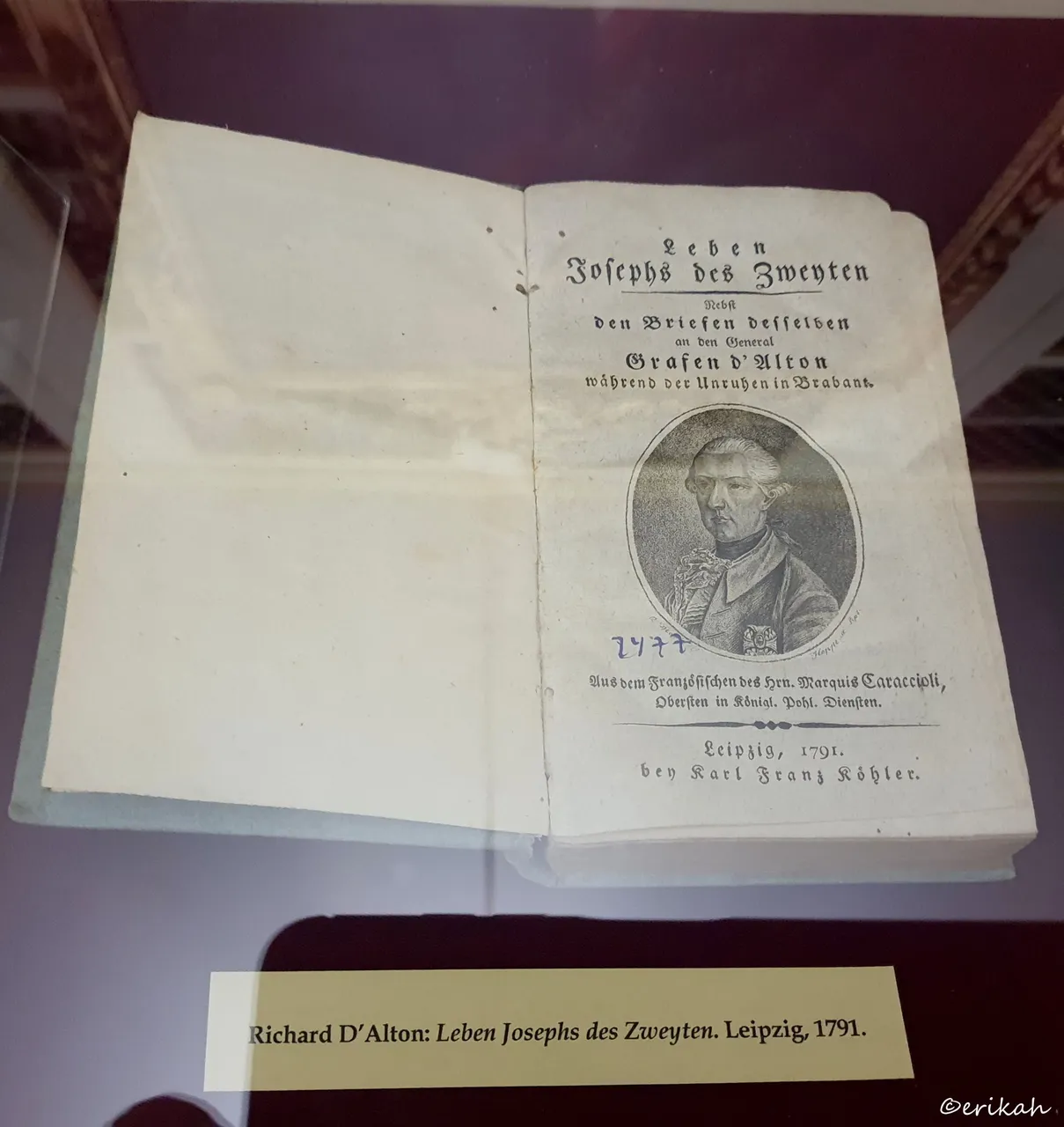
Imagine how valuable the information written in these books must have been back then. There was no internet, newspapers were only for the rich, although I have no idea when the first newspaper was issued in Europe.
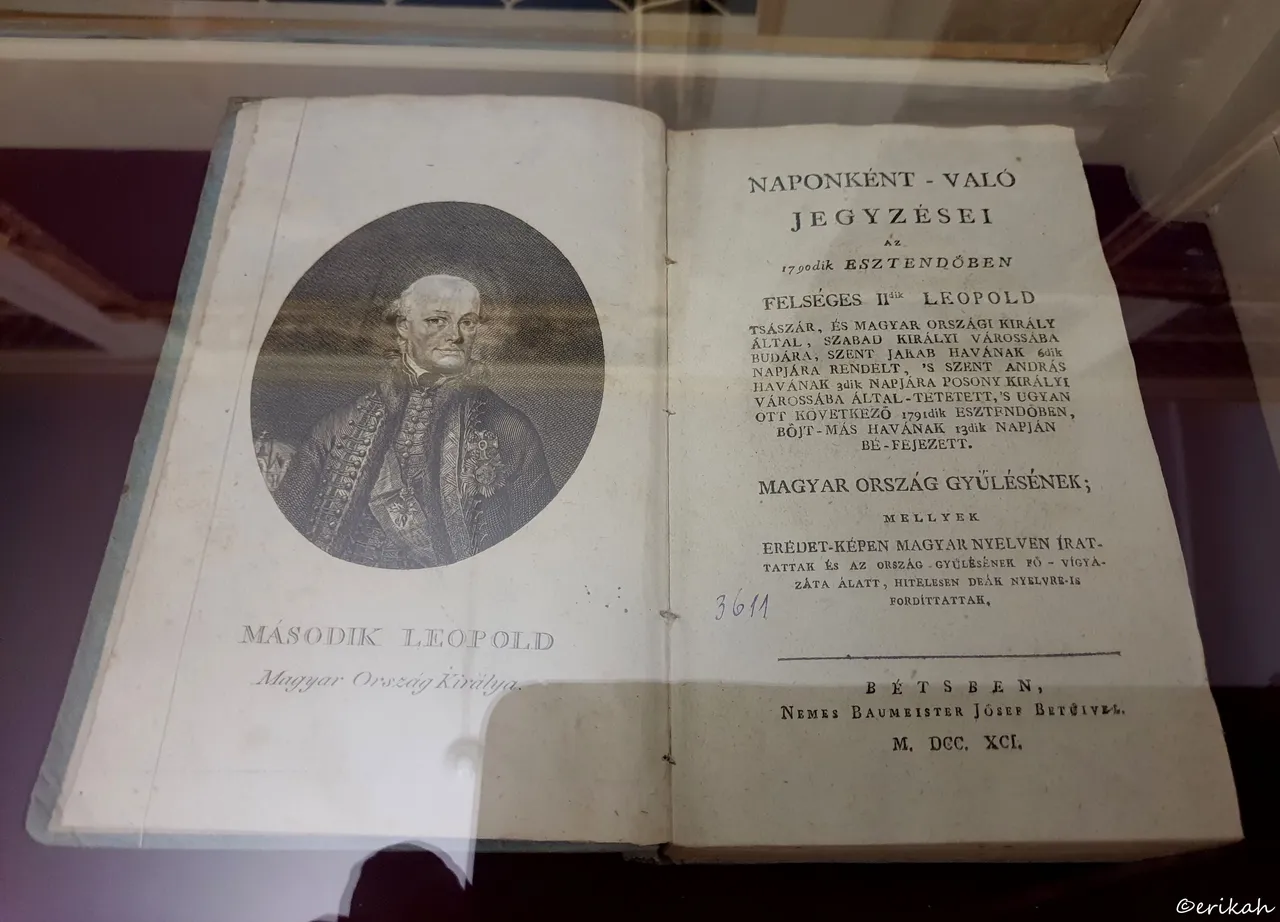
Leopold II (German: Peter Leopold Josef Anton Joachim Pius Gotthard; Italian: Pietro Leopoldo Giuseppe Antonio Gioacchino Pio Gottardo; English: Peter Leopold Joseph Anton Joachim Pius Gotthard; 5 May 1747 – 1 March 1792), was Holy Roman Emperor and King of Hungary and Bohemia from 1790 to 1792, Archduke of Austria and Grand Duke of Tuscany from 1765 to 1790. He was a son of Emperor Francis I and his wife, Empress Maria Theresa, thus the brother of Marie Antoinette. source
This is Leopold II's diary, from MDCCXCL. Do you know what year is that? 😀

If you're a newbie, you may want to check out these guides:
